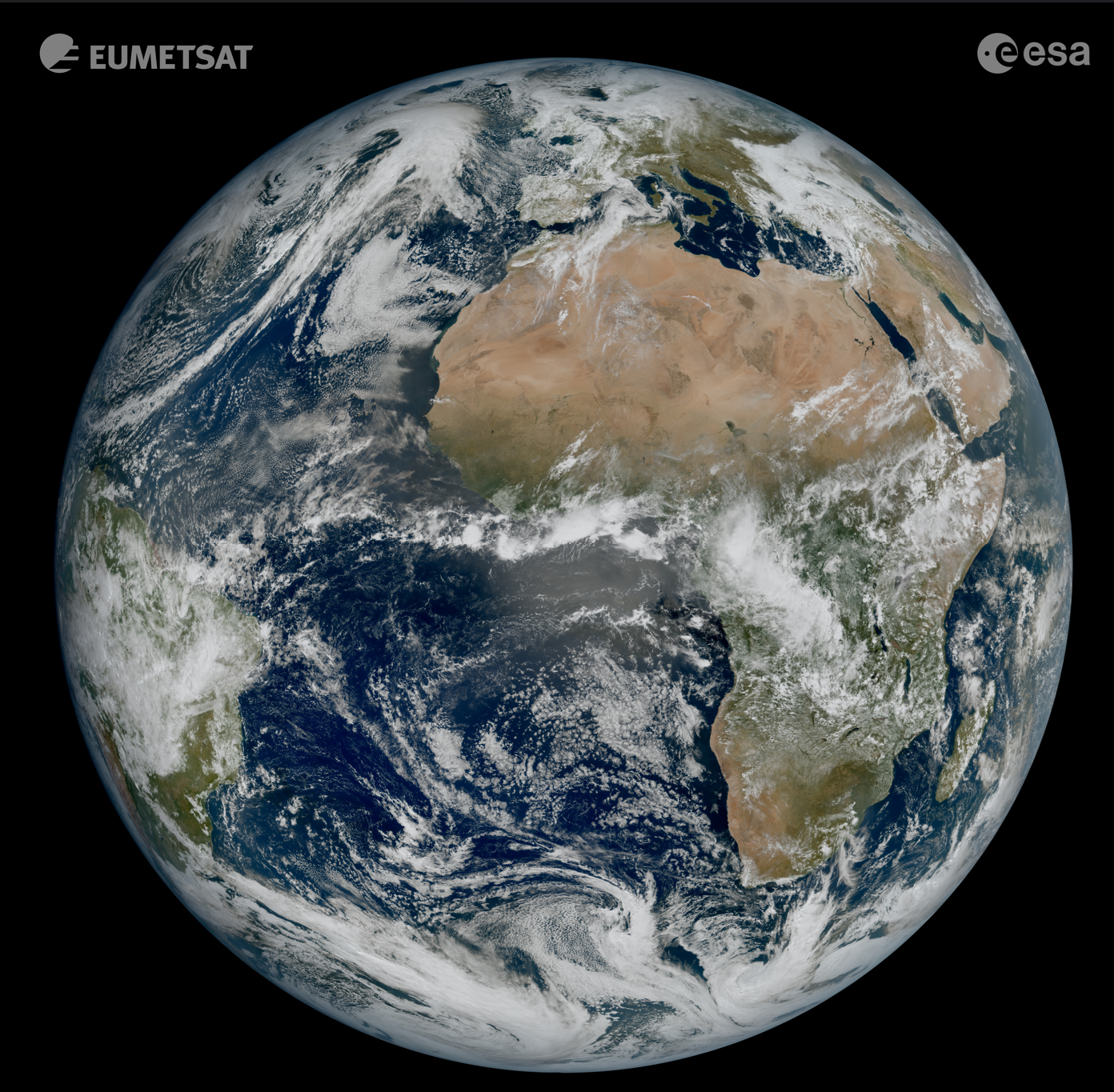Speaker
Description
The growing number of satellite and rocket-body re-entries over the past decade has become an increasing concern for upper-atmosphere pollution. As these objects burn up, they release metals and other compounds that may affect stratospheric chemistry, particle formation, and radiative processes. Despite its importance, the scale and long-term consequences of re-entry emissions remain poorly characterized.
To help address this gap, the European Space Agency (ESA) provides datasets that forecast the number of re-entries expected over the coming decades, considering different scenarios of launch activity and satellite decommissioning. These projections offer a realistic basis for estimating the evolution of metallic pollution linked to space activities. The data can also be further processed with ESA’s DRAMA (Debris Risk Assessment and Mitigation Analysis) tool to estimate ablation rates and temperature profiles during re-entry, delivering valuable inputs for the characterisation of these phenomena.
To further advance the understanding of re-entry physics, ESA is preparing a dedicated observation campaign in 2026, targeting the re-entry of two CLUSTER-II satellites, Tango and Samba. Following the successful 2024 campaign for the re-entry of the CLUSTER-II satellite Salsa, this initiative represents a unique opportunity to collect direct measurements of ablation behaviour, providing critical validation for simulations and supporting our understanding of how pollutants are injected into the atmosphere.
By combining long-term forecasts, process-level modelling, and new observational data, ESA aims to support the atmospheric science community in building a more comprehensive picture of re-entry-induced pollution. This contribution will present available datasets, demonstrate their use within DRAMA, and outline the objectives of the 2026 campaign, with the goal of strengthening collaboration between the space and atmospheric research domains.

